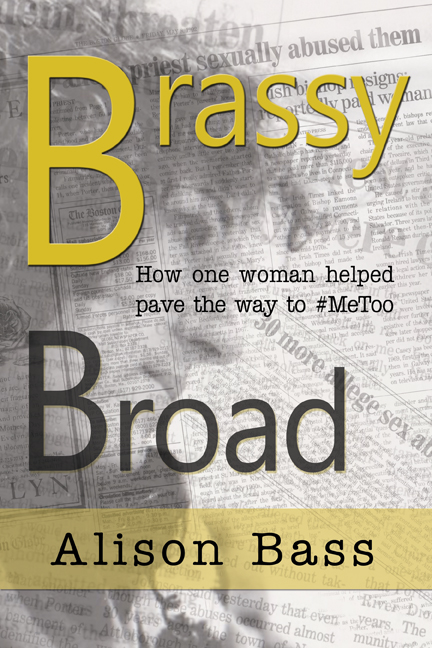Throughout my career, I’ve been drawn to writing about marginalized populations, including people with mental illness, sexual abuse survivors and sex workers. But one marginalized group I have never written about are native Americans. So you can imagine my delight in discovering the National Museum of the American Indian, one of the Smithsonian museums in Washington, D.C. that are free to the public. The museum, which opened in 2004, is hands-down my favorite Smithsonian museum, with beautiful, thoughtfully rendered exhibits about the history of indigenous people on the American continent, ranging from the plethora of tribes populating North America to the native peoples of Latin and South America. I visited the museum yesterday and my first stop was perhaps the saddest exhibit, about how our country’s leaders forced the relocation of more than 67,000 Indians from their ancestral lands in the American South to make way for white settlers. In 1830, President Andrew Jackson signed into law the Indian Removal Act, and in 1831, the Choctaw Indians were the first to be banished to the state of Oklahoma, followed by the Chickasaw, Creek and Seminole Indians. In 1838, the Cherokee Nation were forcibly moved as well during a particularly severe winter. More than 4,000 Indians perished during these forced marches, giving rise to the sobriquet Trail of Tears to describe this heartless tragedy. As the exhibit noted, the Indians were removed so that white settlers in Georgia, Florida, North Carolina, Tennessee and Alabama could get rich off planting cotton and other crops.
Next up was a great exhibit about the battle of Little Bighorn, during which several Plains tribes led by Sitting Bull and Crazy Horse resoundingly defeated General George Custer in Montana in 1876. Custer’s ignominious defeat and death in the battle is legend, but less well-known is the fact that the battle’s outcome so outraged white Americans living on the east coast that the U.S. Army redoubled its fight against the Indians and eight years later, decisively defeated the same Indian tribes and forced them onto reservations. In a sad twist of fate, the battle of Bighorn presaged the end of freedom for these tribes.
Yet another display that provided a little-known twist on a well-known tale was the exhibit about Pocahontas, the beautiful Indian maiden that supposedly saved the life of the white settler John Smith. In actuality, there is no evidence that Pocahontas, a real historical figure and the daughter of a powerful Algonquian chieftain, saved Smith’s life (he apparently was a known fabulist). What actually happened, according to the exhibit, is that Pocahontas helped save the starving settlers of Jamestown, Virginia, by bringing them food. In 1607, the Jamestown colony became the first permanent English settlement in the Americas, predating the Pilgrims landing in Plymouth by some 13 years, but its inhabitants almost perished because of starvation and disease. Not only was Pocahontas instrumental in saving these settlers from starvation, but she also married colonist John Rolfe and ushered in a period of peace between the English and the Algonquian Indians. During a trip to England, she was feted by the Queen of England and gave birth to a son before dying in England at the tender age of 22.
After touring the museum’s exhibits, my friend had this reaction: “The Indians should have killed the very first settlers they saw instead of giving them food” (as the Wampanoag Indians did with the Pilgrims and Pocahontas with the Jamestown colonists). In a very real sense, we have the generosity of the indigenous people to thank for the United States of America. But the way our forebears treated the first Americans is a stain on our history.
This blog is also posted on medium.com.




You’ve hardly scratched the surface, considering that more Native Americans died from diseases brought by the Europeans. It’s estimated that about 90% of the indigenous population died from disease, not from any battles. And the slave trade? Ironically, your post ties in quite closely with the subject of your second book. On page 58-59 of “Lies My Teacher Told Me”:
As for the period after the USA was founded… I’m not sure there is really much difference between the American government and Hitler and the Third Reich. Do you think that’s a fair analogy? It seems the primary difference is that Hitler and his regime were defeated. Other than that, unimaginable atrocities and genocide were permitted by both. Though to be fair, I don’t think all blame can be aimed at the government, but also the people, the citizens, who supported the policies. Regardless, this is a perfect example of history being written by the victor.